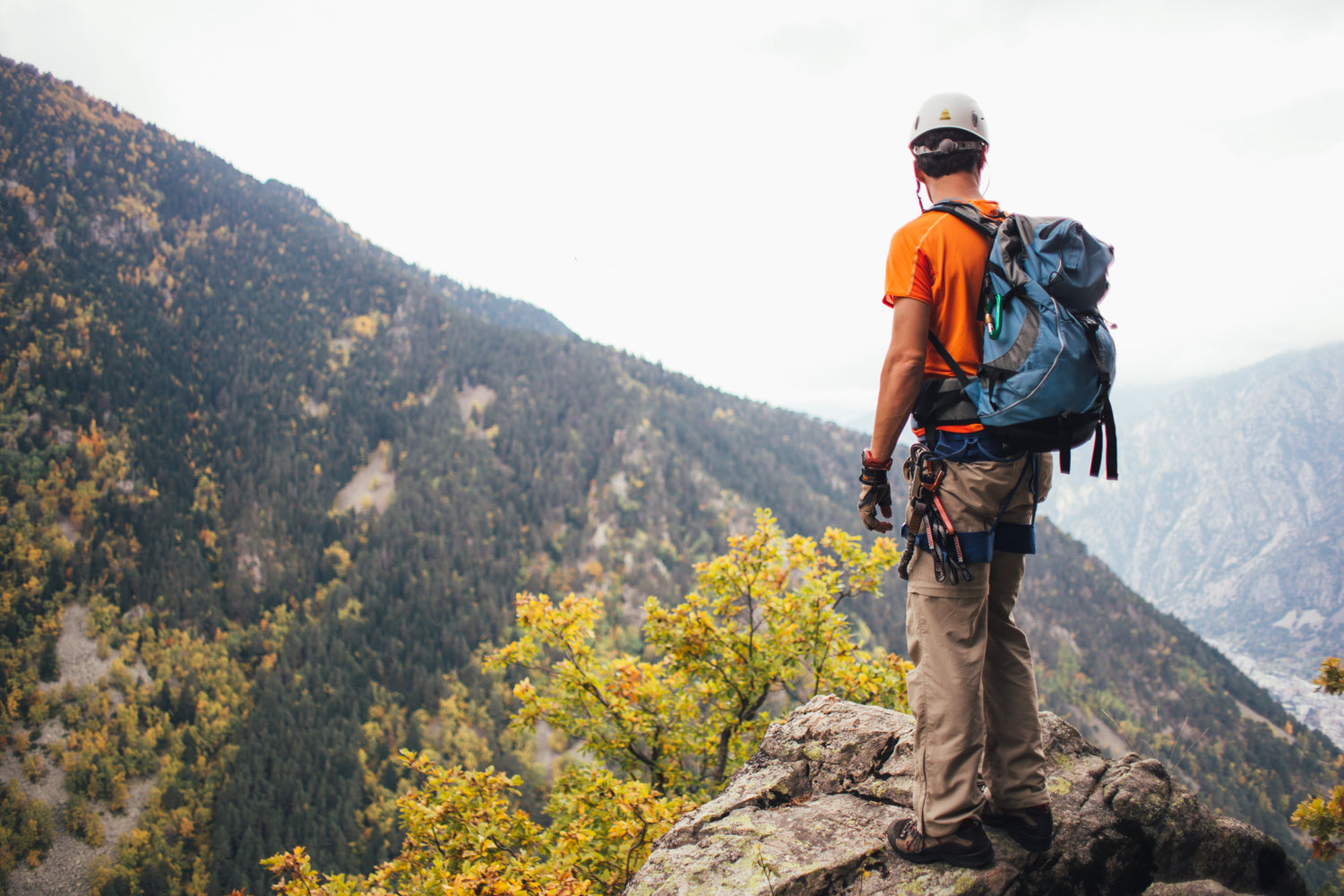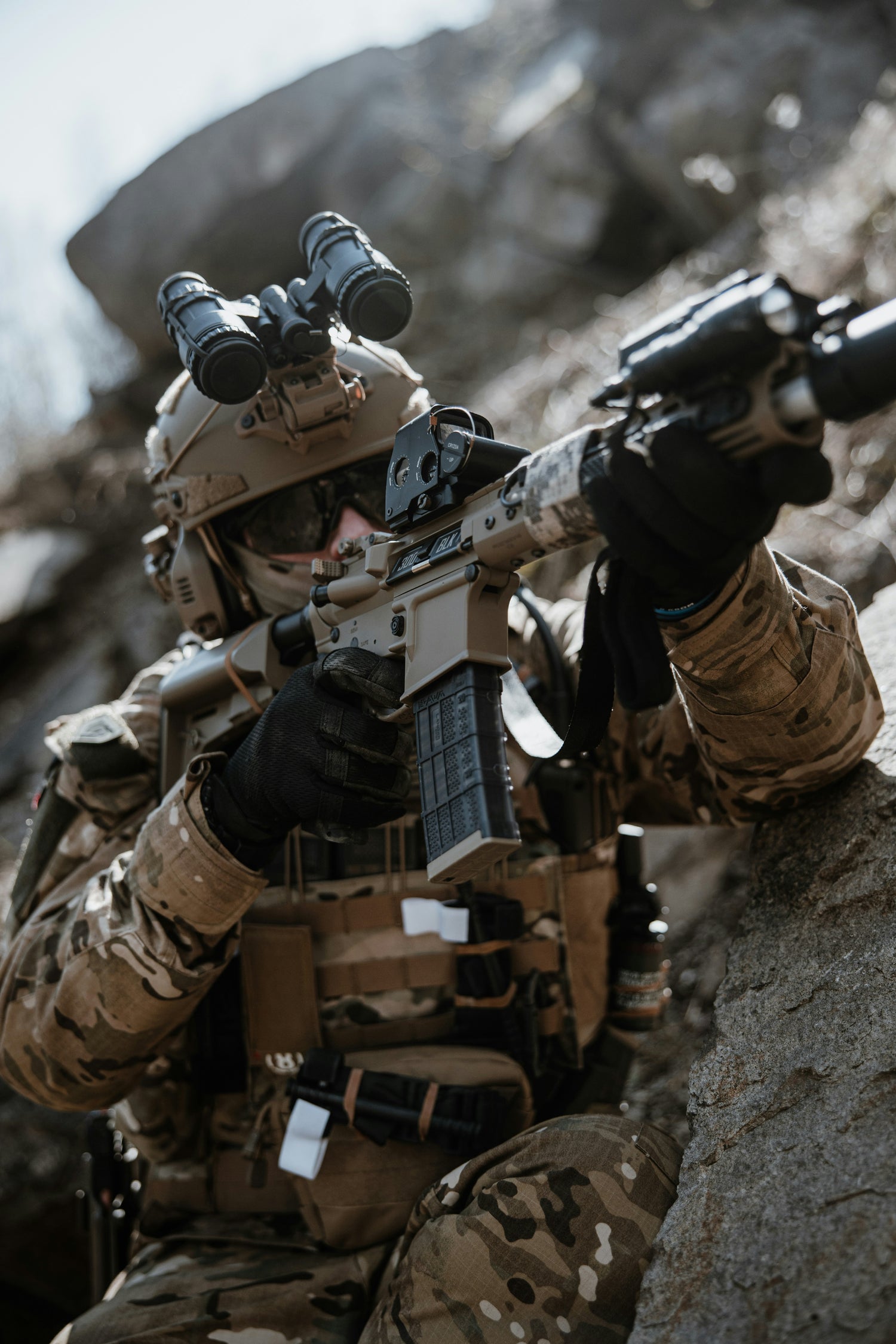Ultimate Guide: Clothing Layering System for Hot and Cold Weather
Learn how to master the clothing layering system for hot and cold weather to stay comfortable, dry, and protected in any climate. Discover expert tips, fabric choices, and real-life outfit examples.
Whether you’re hiking through alpine trails or exploring tropical landscapes, understanding the clothing layering system for hot and cold weather can make or break your outdoor experience. Knowing what to wear and how to layer it efficiently ensures you stay dry, comfortable, and protected—no matter the forecast.
⸻
What Is a Clothing Layering System?
The Science Behind Layering
Layering isn’t just about piling on clothes. It’s a strategic approach to body temperature management. It revolves around trapping warm air in colder temperatures and facilitating ventilation in hot ones.
Purpose and Benefits of Layering Clothes
• Helps regulate body temperature
• Wicks away sweat and moisture
• Offers protection from wind, sun, and precipitation
• Provides flexibility to add or remove layers as needed
⸻
Why Layering Matters in Both Hot and Cold Climates
Temperature Regulation
In both hot and cold environments, your body constantly adjusts to external temperatures. Layers allow you to adapt on the fly.
Protection from Environmental Hazards
Layering protects you from:
• Hypothermia in cold settings
• UV radiation and dehydration in hot climates
• Abrasions, insect bites, and weather extremes
⸻
The 3-Layer Clothing System Explained
Base Layer – Moisture Management
Your first layer should wick sweat away. Avoid cotton—it holds moisture. Instead, choose merino wool or synthetic fibers.
Middle Layer – Insulation and Adaptability
This layer holds body heat. Options include fleece, down, or wool, depending on the temperature.
Outer Layer – Protection from Elements
Also known as the “shell,” this layer defends against wind, rain, or snow. Waterproof and breathable options work best.
⸻
Clothing Layering System for Cold Weather
Best Materials for Winter Layering
• Base Layer: Merino wool, polyester
• Middle Layer: Fleece, down, or synthetic insulation
• Outer Layer: Gore-Tex, eVent, or other waterproof materials
Example Cold-Weather Layering Outfit
1. Thermal long-sleeve shirt
2. Lightweight fleece jacket
3. Waterproof insulated parka
4. Thermal leggings + waterproof pants
5. Wool socks and insulated boots
Tips for Staying Warm Without Overheating
• Dress in layers you can remove
• Ventilate during activity
• Stay dry at all costs
⸻
Clothing Layering System for Hot Weather
Lightweight and Breathable Base Layers
Opt for:
• Moisture-wicking t-shirts
• Mesh tanks
• Light shorts or leggings
Sun Protection Layers
In hot climates, your outer layer may be:
• A UV-resistant long-sleeve shirt
• Wide-brim hat
• Lightweight pants to avoid sunburn
Common Mistakes in Warm Weather Layering
• Wearing cotton (it traps sweat)
• Too many thick layers
• Ignoring sun protection
⸻
Adapting Your Layers to Changing Conditions
Modular Clothing Choices
Choose versatile items:
• Zip-off pants
• Convertible jackets
• Layer-friendly fabrics
Layering for Morning vs Afternoon vs Night
Morning chill? Add a fleece. Afternoon heat? Strip to the base. Nighttime drop? Re-layer with insulation.
⸻
Layering Tips for Outdoor Activities
Hiking and Trekking
• Base: Quick-dry shirt
• Mid: Lightweight fleece or hoodie
• Outer: Rain jacket
Running or Cycling
• Ultralight base layer
• Breathable windbreaker
• Compression leggings or shorts
Camping and Backpacking
Pack layers for:
• Sleeping comfort
• Early morning cold
• Rainstorms and heatwaves
How to Choose the Right Fabrics for Layering
Natural Fibers vs Synthetic Fibers
|
Type |
Pros |
Cons |
|
Wool |
Insulates even when wet |
Can be itchy |
|
Cotton |
Comfortable |
Holds moisture |
|
Polyester |
Lightweight and dries fast |
Can retain odor |
Quick-Dry and Anti-Odor Technologies
Look for fabrics with:
• Dri-FIT, Coolmax, or Polygiene coatings
• Antimicrobial properties for long treks
⸻
FAQs About the Clothing Layering System
Q1: How many layers should I wear in winter?
A: Typically three: base, insulation, and outer. Adjust based on activity and temperature.
Q2: Can I layer clothes in summer?
A: Absolutely. Use lightweight, breathable layers for sun protection and moisture control.
Q3: What is the best base layer for sweating?
A: Merino wool or synthetic fabrics like polyester that wick moisture and dry quickly.
Q4: Do I need an outer layer if it’s not raining?
A: Not always, but a windproof shell can still offer valuable protection.
Q5: Should I wear tight or loose base layers?
A: Base layers should be snug to wick moisture effectively.
Q6: How do I know if I’m overdressed for cold weather?
A: If you start sweating during light activity, remove a layer. Stay comfortably cool.
⸻
Conclusion: Mastering the Clothing Layering System Year-Round
Whether you’re planning a snowy adventure or a summer expedition, mastering the clothing layering system for hot and cold weather keeps you prepared and protected. With the right base, mid, and outer layers, you can adapt to any climate and activity. Start with quality fabrics, adjust to changing conditions, and never underestimate the power of smart layering.


